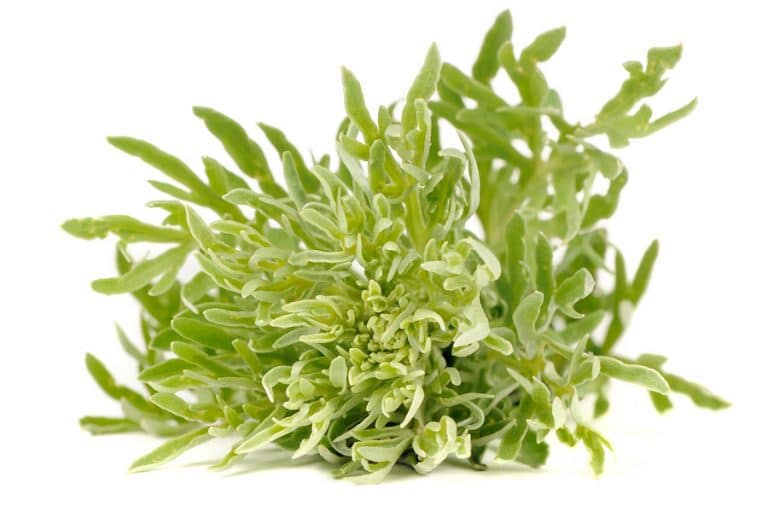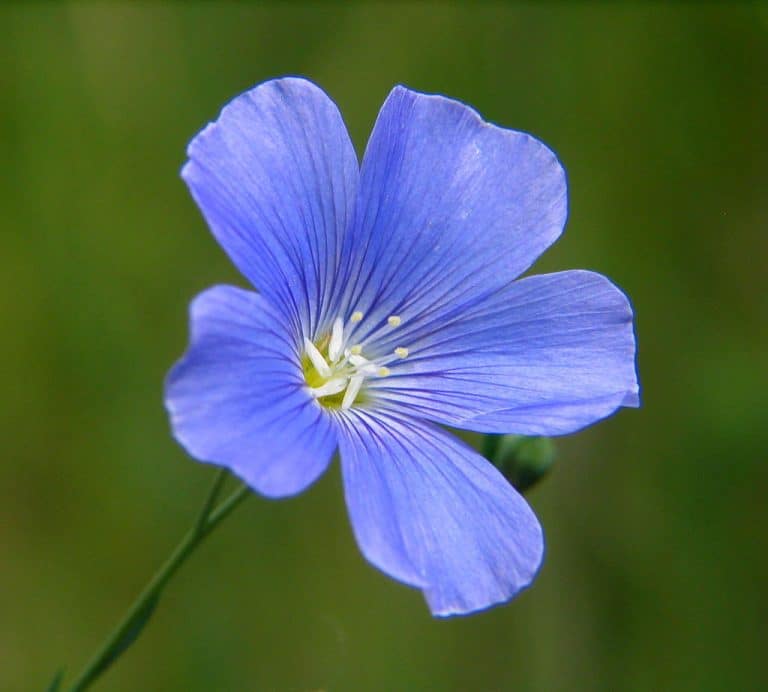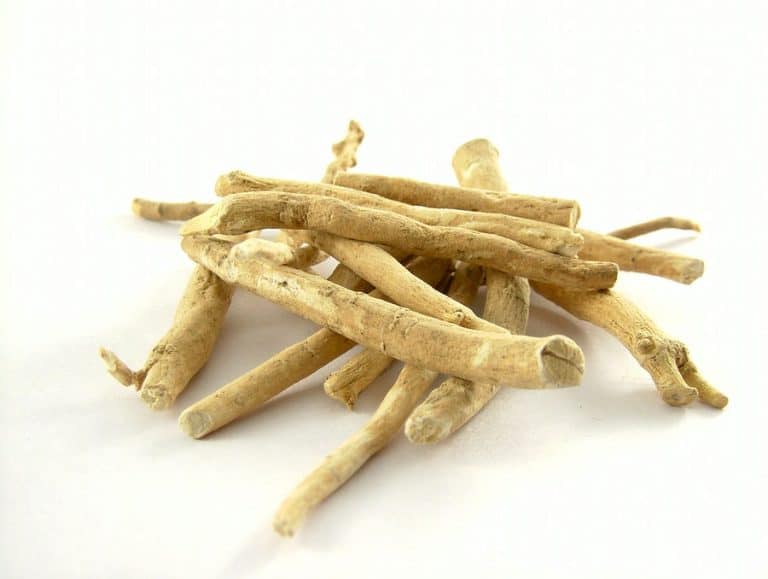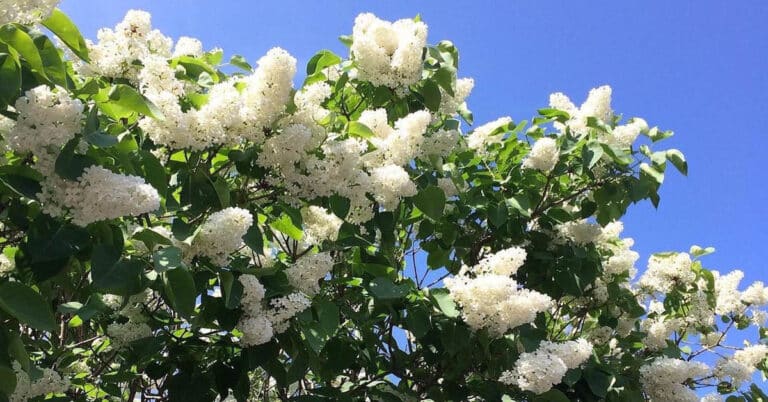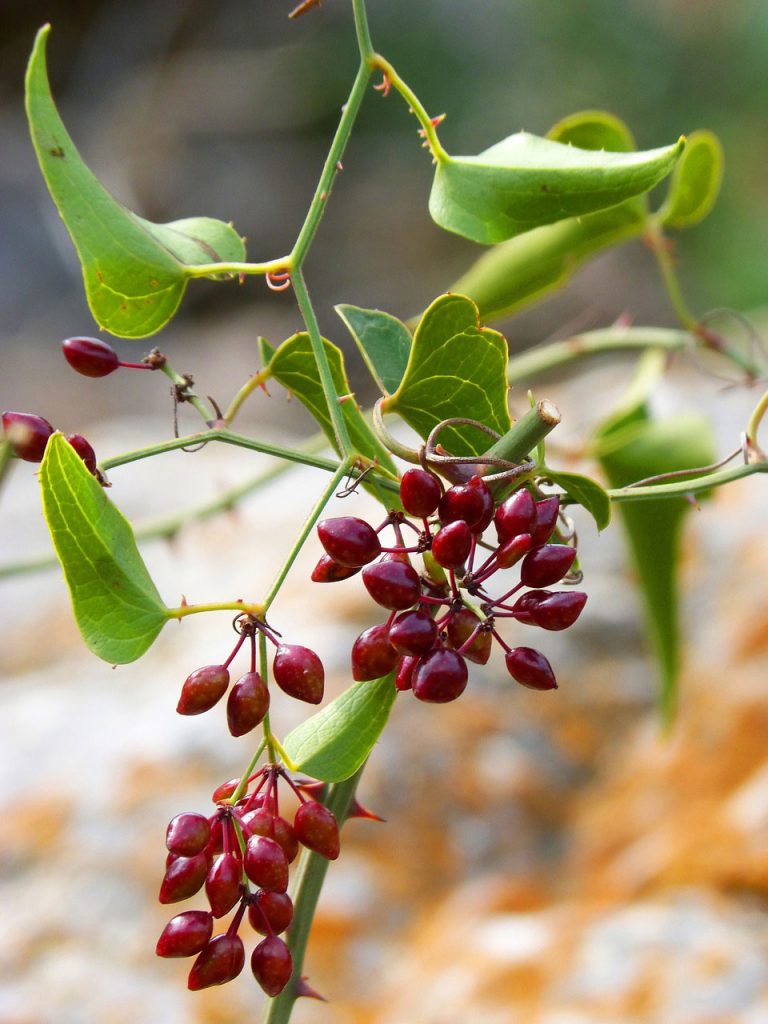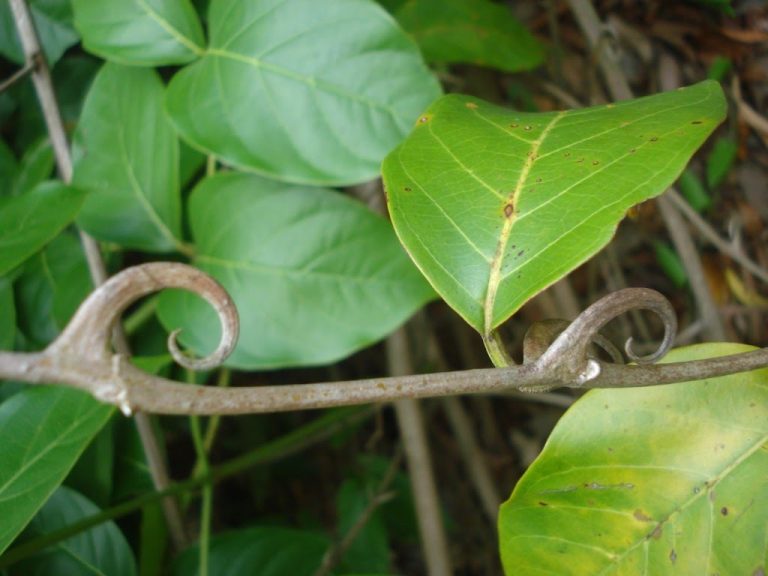Sage
Scientific Classification
| Kingdom: | Plantae |
| Division: | Magnoliophyta |
| Class: | Magnoliopsida |
| Order: | Lamiales |
| Family: | Lamiaceae |
| Genus: | Salvia |
| Species: | Officinalis |
Salvia officinalis (sage, otherwise called Garden sage, or common sage) is a plant found all year round; this evergreen sub-shrub with bluish purple flowers and leaves with gray tint has woody stems. All over North America and Europe Sage or Salvia officinalis is one of the most commonly used herbs. Its name originates from the Latin word “Slavere” meaning the presence of good health and hence people consider it as a potion for mind and body. The Sage group belongs to the mint family Lamiaceae along with many other herbs with a strong aroma. The semi-arid regions of the Mediterranean, Africa, and America house around 500 species.
History
Since ancient times people have used Salvia officinalis for snake bites, driving away evil, and boosting female fertility and much more.
Anatomy
Cultivars vary in size and pattern of foliage with a variety of variegated leaf types as well as the hue of flowers and leaves. A similar variety belonging to the Old World grows up to 2 ft (0.61m) in height and width, with flowers in white, pink or purple color but mostly lavender. It is towards the close of spring or summer that the plants flower. The oblong leaves range in size up to 2.5inches (6.4 cm) in length to 1 in (2.5 cm) in width. The grayish green leaves display a rugosity (wrinkled surface) on the upper surface and the soft, short hairs on the lower side give an almost white color. Cultivars of modern times have a variety of combinations with leaves ranging from purple, cream, rose to yellow.
Habitat
The sage plant has acclimatized to several regions all over the world, although a native of the Mediterranean region. In the present day it finds its place as an ornamental plant in the garden, while you can trace its history back to a plant equally valued in medicine and cooking. This plant survives in USDA Hardiness Zones 5 – 9. When compared to the decorative varieties of purple, tri-color and golden sages, the common sage is slightly hardier.
Growing Sage at Home
Planting
Total sunlight results in healthy sage plants. They tolerate a little shade in the early evening in zone of heat with USDA 8 or greater; however, you would do well to prevent prolonged periods of moisture in the leaves. Spring is best for planting, leaving 12 to 18 inches space between plants. When summer is half way through, prune back 1/3. Use a layer of mulch like dry leaves to make a good cover by late autumn. In spring, remove lifeless and disorderly growth and prune to shape.
Starting indoors, sage grows from cuttings as well as from seeds.
Soil for Planting
Provide the sage plant with good drainage for it grows well in a variety of soils. These plants prefer a soil with an alkaline pH. Plant them in total sun.
Watering
The plants need watering only during periods of dryness, mostly, once or twice a week.
Flowering and Maturing Care
Diseases or pests seldom trouble the herb. They are vulnerable to spider mites when grown indoors. You can treat this by frequently washing the infected plants with tepid water.
Pests and Pesticides
Once or twice a season, add a general purpose fertilizer and supply to the soil through the water. This promotes growth ideally.
Harvest Month and Storage
To get the best flavor, harvest young and tender leaves before the plant flowers. On a pleasant dry morning, (when the dew is gone) and well before the temperatures peak, do your harvesting. In order to let the plant get ready for winter.Stop to harvest by early autumn.

Having discovered a fondness for insects while pursuing her degree in Biology, Randi Jones was quite bugged to know that people usually dismissed these little creatures as “creepy-crawlies”.


